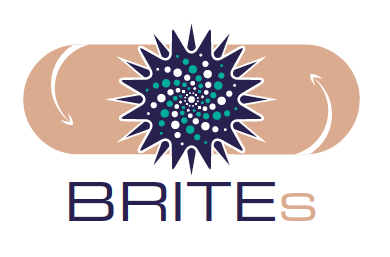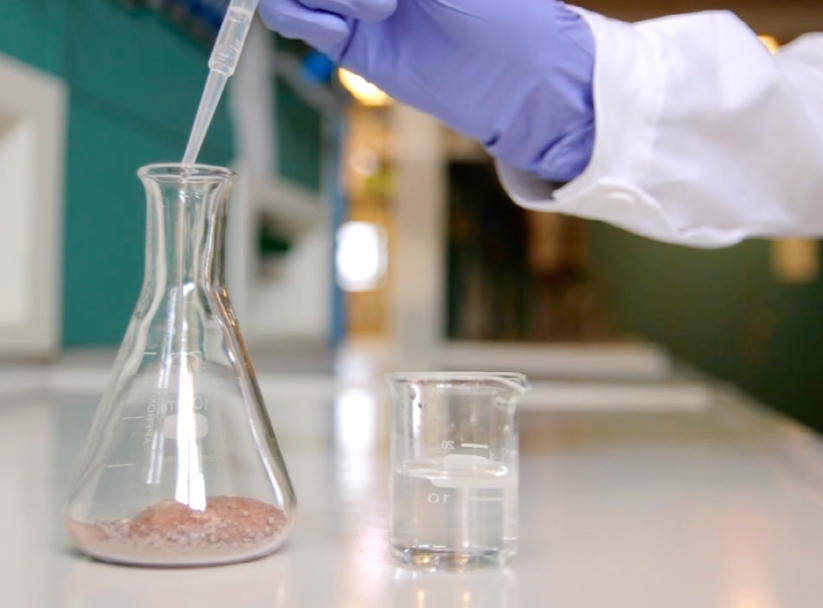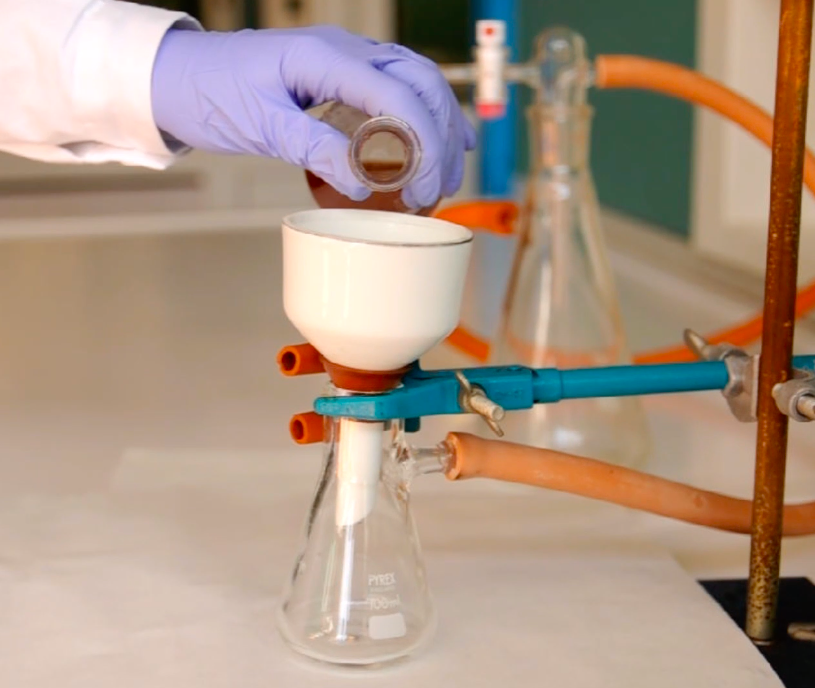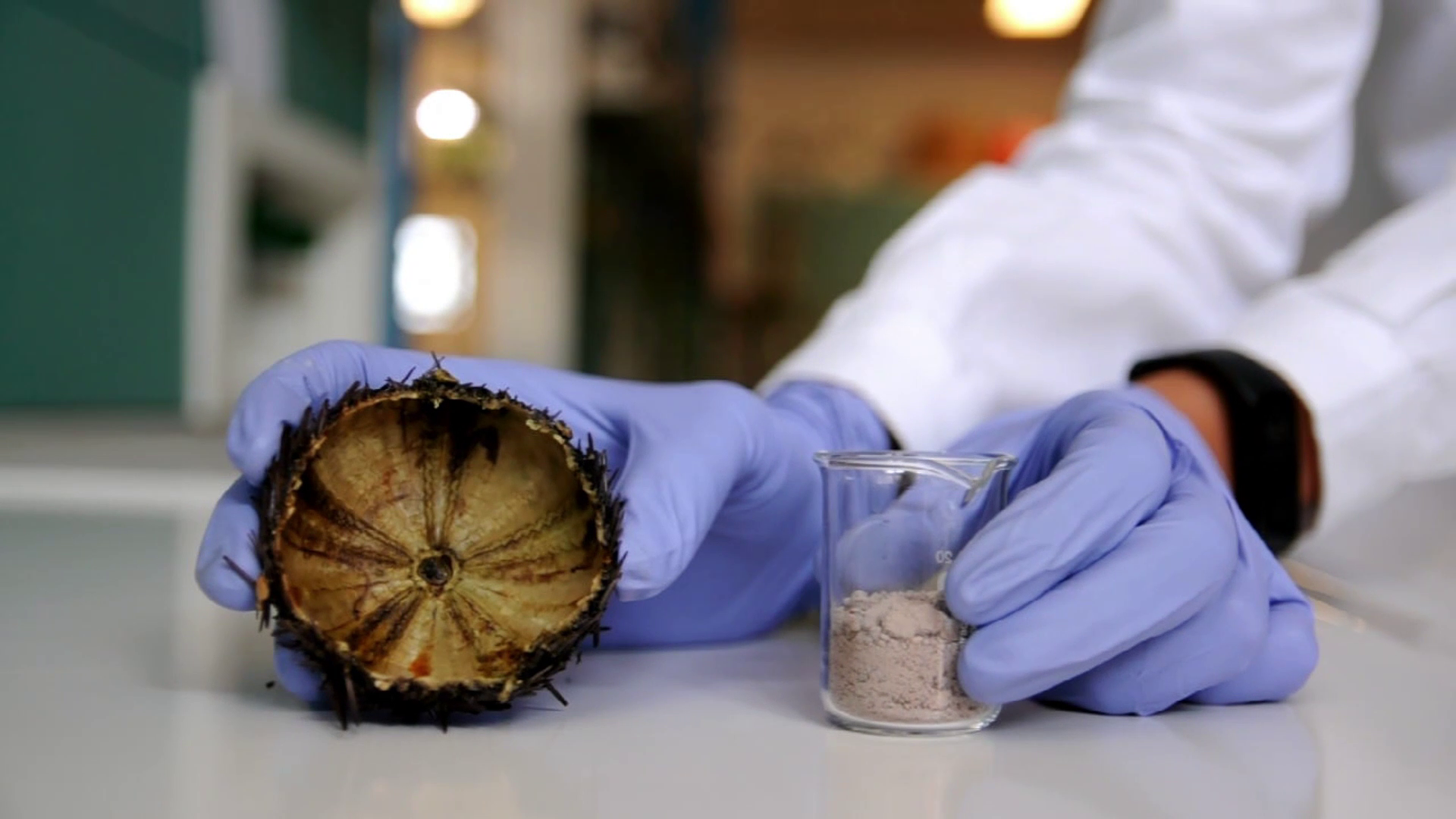
In BRITEs project food waste from sea urchins is used to design and test skin substitutes, and for the production of feed used in fish farming and urchin rearing.To achieve these ambitious goals, BRITEs is divided into Work Packages (WPs), managed by different working groups within the project partner Universities.
IntroductionThe BRITEs project aims to recover most of the waste material from the fish industry specialized in the production of sea urchin pulp and to reconvert these materials into high value-added products, both in terms of their collagen and biocarbonate components. The collagen will be used to produce medical devices to aid wound healing (plasters or skin substitutes), while the biocarbonate portion will be used as an enrichment component in the production of feed for aquaculture of sea urchins, but also other marine species of commercial interest.
Materials and methodsThe project involves the extraction of collagen and antioxidants from food waste for the production of two-layer skin substitutes and composite biomaterials. Cytotoxicity and biocompatibility are being tested for both, as well as their regenerative capacity, through ex vivo (mouse fibroblasts) and in vivo (mouse animal model) tests



BRITEs also foresees the production and testing of different types of artificial feed able to ensure adequate gonadal somatic growth in sea urchins, both in terms of weight and organoleptic (i.e. gonads with a texture, taste and colour suitable for the market). The different types of feed are developed using waste from the urchins themselves, thus with a high magnesium content, which is expected to perform better than the feeds used so far (containing only calcium carbonate).

The theca, reduced to powder, is also used as a feed additive in sea urchins farms.
The feeds are formulated from recipes already tested in previous research works and then produced directly in the laboratories of the University of Genoa, in collaboration with the Department of Pharmacy. The experiments are carried out under controlled conditions in the laboratories of DiSTAV (University of Genoa) and at the marine laboratory of Camogli (CNR-IBF), where a dedicated facility has been set up, consisting of several experimental tanks fed by a constant flow of water coming directly from the sea.
Analyses of the economic impact, the impact on the environment (Life Cycle Assessment) and the supply chain, which are integral parts of the project, provide important information on the sustainability of waste processing and on the feasibility of involving the main stakeholders.
State of the art
This section will report on the project results, including those from the different preliminary studies.


